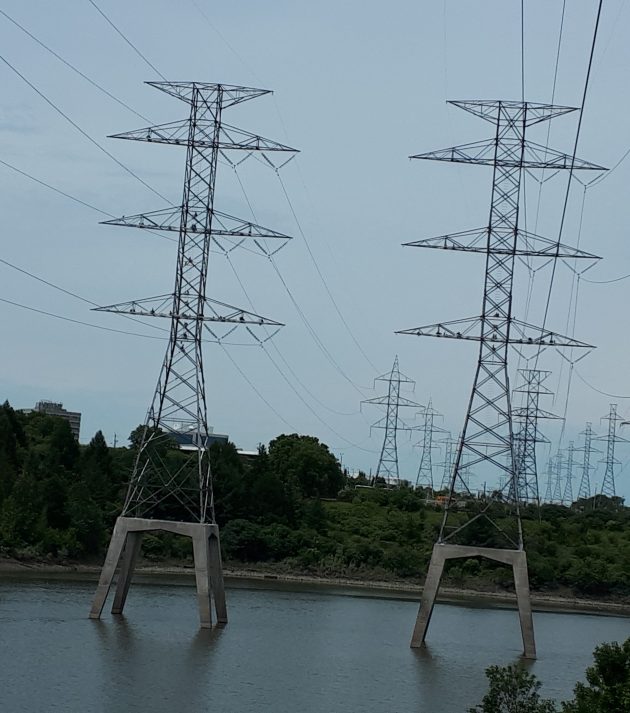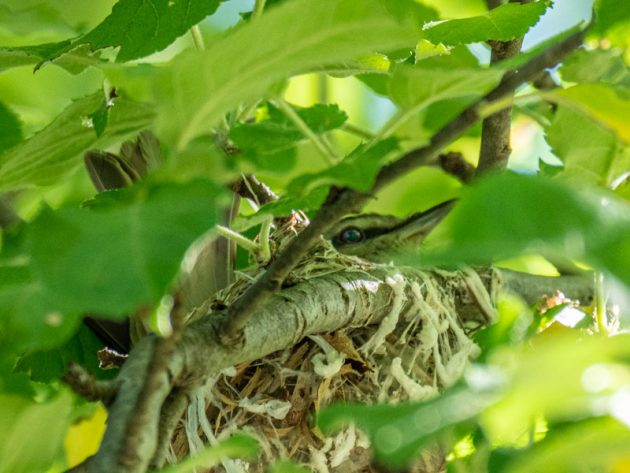I’ve lived all my life in Toronto, Canada. I have been lucky to be able to travel to other places to bird, but Toronto is where my birding adventures began. There is always so much to see in every season.
Toronto is located on the north shore of Lake Ontario. The three rivers that run through the city have carved out ravines. The city is very green, with parks everywhere. In fact, our city promotes itself as “a city within a park”. On the eastern side of Toronto, Rouge National Park is one of the largest urban parks in North America. Downsview Park in the north and High Park in the south are large parks within the city. All of this makes Toronto a desirable place for migrating birds heading north in the spring and for the birds that breed here. For some of the winter birds that come down from the north, there is the waterfront. Showing up here are waterfowl, gulls, and even some owls. Inland birds find food and shelter, too. In the fall, raptors hug the lake’s shoreline as they head west and then south to their wintering grounds.
Looking south over the expanse of the city, to the downtown towers
My local patch, G. Ross Lord Park, is another sprawling urban park. It is in the northwest part of Toronto. There is a dam and reservoir, built for flood control. I go there year-round to look for waterfowl, waders, shorebirds and songbirds. There are hydro-electric towers standing in the reservoir, which house a Double-crested Cormorant colony. The day I took the picture below, I counted 92 birds on the nests and towers. Birds I’ve seen there include Great Blue Heron, Great Egret, Canada Goose, Common and Hooded Merganser, and Pied-billed Grebe. In the nearby fields of the hydro corridor, the birds I see flying overhead include Turkey Vulture, Red-tailed Hawk, and American Kestrel. Nesting below are Song Sparrow, Northern Mockingbird, Red-winged Blackbird and American Robin. (In the picture at the beginning of this article, an American Robin makes a sinister pose with a hatchet. My daughter, who took the picture, calls it “Murder Robin”.) Sometimes there are surprising sightings, such as a Eurasian (Common) Teal hanging out with Green-winged Teal or a juvenile Northern Shrike, both showing up in the winter months.

Hydro-electric towers with nesting cormorants
There are pathways into the park’s recreational corridor. In the spring, along the pathway I find flycatchers, warblers and other songbirds. Some stay to breed. I’ve watched Red-eyed Vireo and Hairy Woodpecker nesting. In the winter, Downy Woodpecker, Red-breasted Nuthatch, Winter Wren and Black-capped Chickadee keep me company on my rambles.

Red-eyed Vireo, well hidden in her nest
As the seasons change in the coming months, I plan to share with you the places I go birding and the birds I see in Toronto.
Note: All photos by the Kinrys family.
Source link
Facebook
Pinterest
Twitter
LinkedIn

